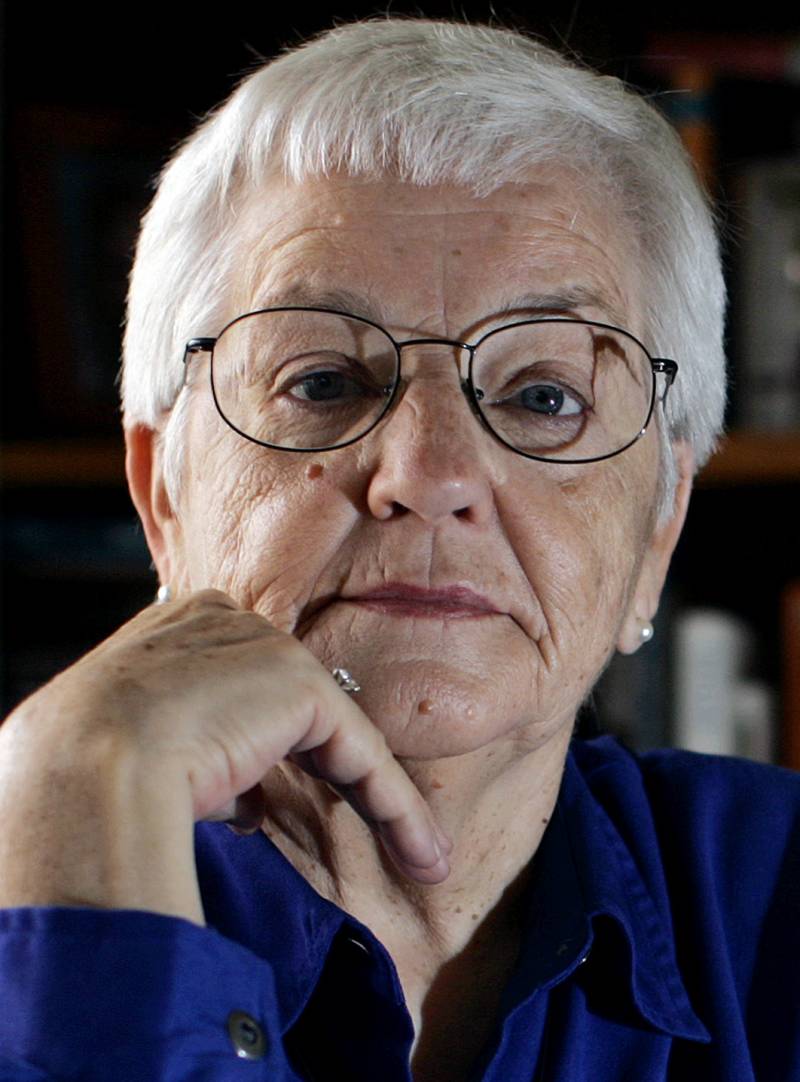The assassination of Martin Luther King Jr. in 1968 prompted educator Jane Elliott to create the now-famous "blue eyes/brown eyes exercise."
As a school teacher in the small town of Riceville, Iowa, Elliott first conducted the anti-racism experiment on her all-white third-grade classroom, the day after the civil rights leader was killed.
She wanted them to understand what discrimination felt like. Elliott split her students into two groups, based on eye color. She told them that people with brown eyes were superior to those with blue eyes, for reasons she made up. Brown-eyed people, she told the students, are smarter, more civilized and better than blue-eyed people.
More than 50 years after she first tried that exercise in her classroom, Elliott, now 87, said she sees much more work left to do to change racist attitudes. The May 25 killing of George Floyd set off weeks of nationwide protests over the police abuse and racism against black people, plunging the U.S. into a reckoning of racial inequality.
"It's happening every day in this country, right now," she said in an interview with Morning Edition. "We are repeating the blue-eyed/brown-eyed exercise on a daily basis."



9(MDAxOTAwOTE4MDEyMTkxMDAzNjczZDljZA004))